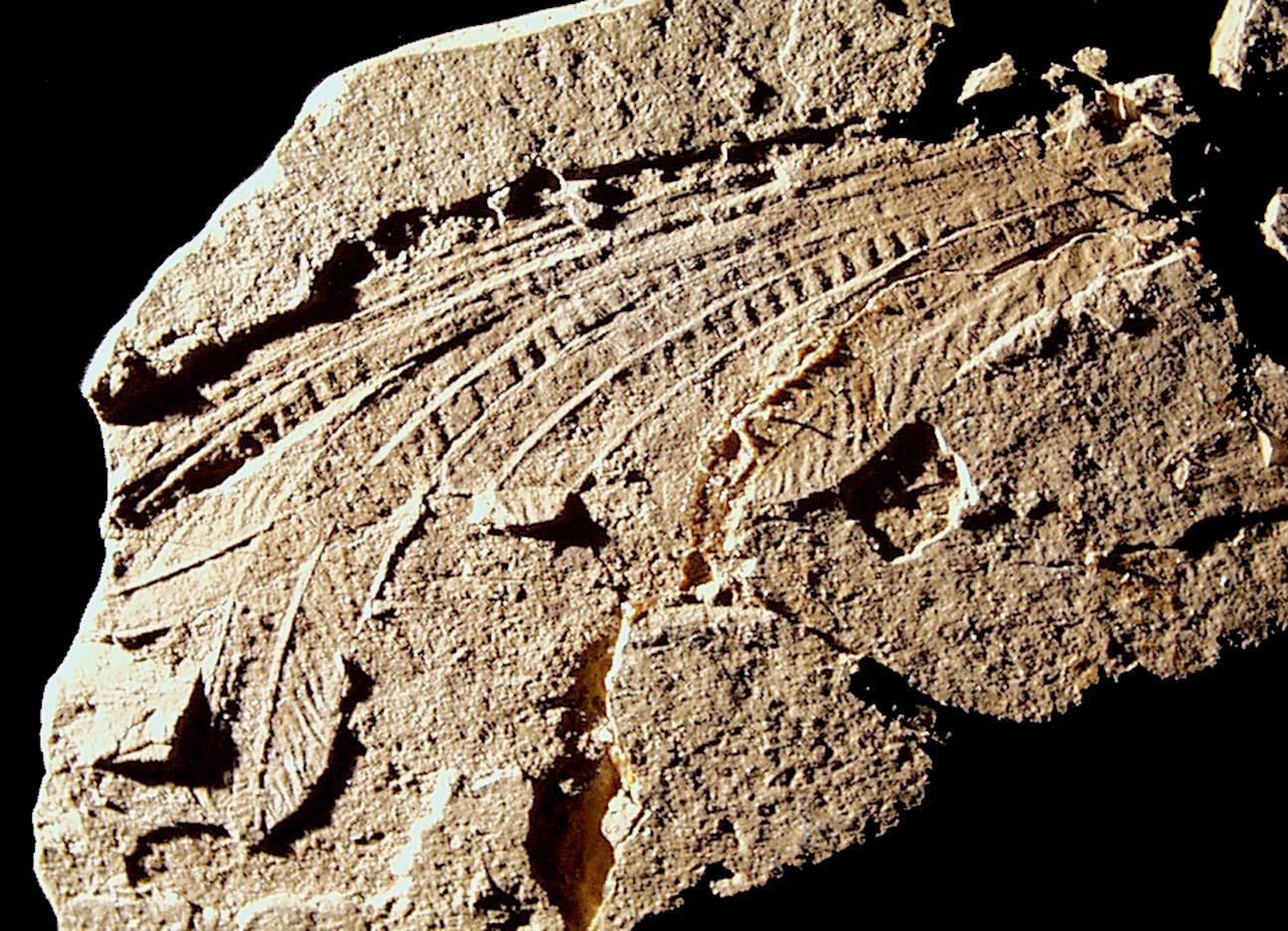If you’re looking for an example of when nature well and truly said “let’s fuck around and find out”, look no further than the extinct reptile Longisquama, potentially one of the most ridiculous-looking animals to have ever lived.
This peculiar creature was discovered in the Madygen Formation, a geological formation found in the south of Kyrgyzstan and home to a vast array of fossils from the Triassic period.
There, a team of palaeontologists led by Aleksandr G. Sharov found an incomplete skeleton and imprints of soft tissue belonging to what they dubbed Longisquama insignis, the only member of a genus of reptiles believed to have lived in the Early Triassic just before the appearance of dinosaurs.
While the skeleton and imprints showed that Longisquama was only about 5 centimeters (2 inches) long, it also revealed that what the little guy lacked in length, it more than made up for in decoration. Stretching up from along its back could be found a series of comically long, hockey stick-shaped appendages.

The imprints of Longisquama‘s unusual appendages.
But surprisingly, it’s not what Longisquama looked like that makes it controversial in the scientific community – it’s what those big ol’ hockey sticks were actually made of and the potential consequences of that.
It’s a common belief among palaeontologists that the first appearance of feathers was in the dinosaurs; the presence of feathered dinosaurs in the fossil record and modern-day birds is evidence of that. In that case, one of the best candidates for the origin of feathers is Archaeopteryx.
But some researchers think that Longisquama’s bizarre appendages were feather-like structures. In a study from 2000, Terry D. Jones and colleagues concluded that the appendages were not avian but “resembled avian feathers in many details” and were likely homologous – to have shared ancestry – to them.
Seeing as Longisquama was estimated to be kicking about before the dinosaurs, that could throw something of a spanner in the working theory – though the study authors were careful to say that the relationship between the extinct reptile and birds is “uncertain”. In other words, while some birds might look pretty odd, they’re not necessarily descended from Longisquama rather than dinosaurs.
Other scientists hit back at the suggestion. “The dorsal scales of Longisquama are not feathers, […] they are in fact strikingly different from avian feathers. We conclude that Archaeopteryx remains the oldest known feathered tetrapod,” wrote palaeontologists Robert R. Reisz and Hans-Dieter Sues in a later article.
And then there are those who found a middle ground, with a 2012 study proposing that Longisquama didn’t necessarily have feathers as we might know them, but there were some structural similarities. Some of the genes involved in the development of these structures may have been the same ones that later gave rise to feathers.
Despite the back and forth, unless scientists manage to bring Longisquama back from the dead, we’re probably never going to know the true nature of its extravagant appendages, or exactly what their purpose was.
They’re not exactly the most inconspicuous, so we can’t imagine they’d be particularly handy when it comes to staying out of predators’ sight – but hey, if you’re gonna go extinct, it might as well be because you looked fabulous.
Source Link: This Ridiculous Reptile's Hockey-Themed Decor Might Change What We Know About Feather Evolution